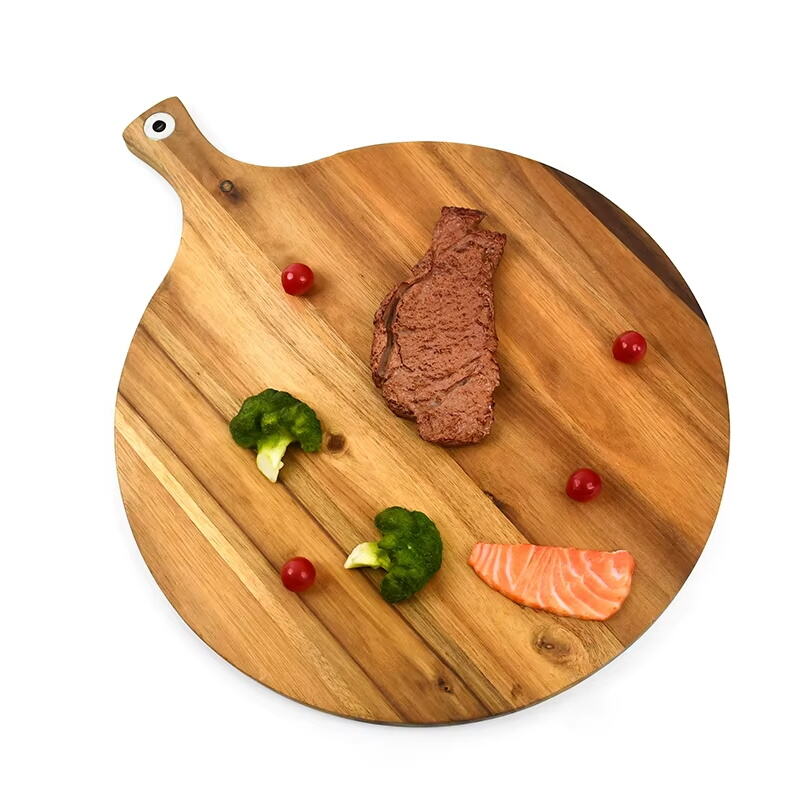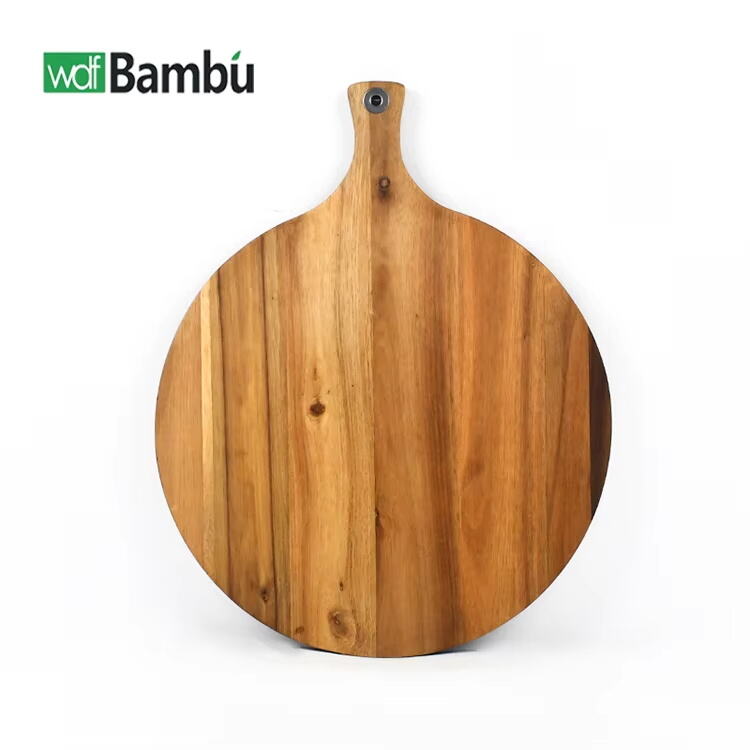Understanding the Art of Kitchen Organization with Wooden Chopping Boards
The humble wooden chopping board stands as a cornerstone of kitchen organization and food safety. Many home cooks and professional chefs alike find themselves contemplating whether they should invest in multiple wooden chopping boards for different food categories. This comprehensive guide explores the importance of proper board segregation and how it can enhance your cooking experience while maintaining optimal food safety standards.
The Science Behind Wood as a Cutting Surface
Natural Antimicrobial Properties
Wooden chopping boards possess inherent characteristics that make them exceptional kitchen tools. The natural fibers in wood contain antimicrobial compounds that help prevent bacterial growth. When properly maintained, these boards can actually be more hygienic than their plastic counterparts. The microscopic pores in wooden chopping boards trap bacteria, which then die off as the surface dries, making them naturally self-sanitizing to a certain degree.
Durability and Surface Integrity
High-quality wooden chopping boards are known for their longevity and resilience. Unlike plastic boards that can develop deep scratches where bacteria thrive, wooden boards have self-healing properties. The wood fibers naturally close up after being cut, reducing the risk of bacterial contamination. This unique characteristic makes wooden chopping boards an excellent investment for any kitchen, whether professional or domestic.
Cross-Contamination Risks and Prevention
Meat and Poultry Considerations
Raw meat and poultry require special attention when it comes to food preparation. Using dedicated wooden chopping boards for these items helps prevent cross-contamination with ready-to-eat foods. The juices from raw meat can seep into the wood's surface, making it crucial to have a separate board for these proteins. A designated meat board should be slightly thicker to prevent warping from frequent washing and sanitizing.
Produce and Bread Preparation
Fresh produce deserves its own wooden chopping board to maintain the pure flavors of fruits and vegetables. Strong-smelling items like onions and garlic can leave lingering odors in wood, which might transfer to more delicate ingredients. Similarly, having a dedicated board for bread prevents cross-contamination with moisture from vegetables or proteins, ensuring your baked goods remain fresh and untainted.

Maintenance and Care for Multiple Boards
Cleaning Protocols
Each wooden chopping board requires specific cleaning attention based on its designated use. Boards used for raw meat need immediate hot water and soap cleaning, followed by sanitization. Produce boards can be cleaned with mild soap and water, while bread boards might only need a gentle brush-off. Regular mineral oil treatment helps maintain the wood's integrity and extends the life of all your boards.
Storage Solutions
Proper storage of multiple wooden chopping boards is essential for maintaining their condition and preventing cross-use. Vertical storage racks keep boards separated and allow proper air circulation, preventing moisture buildup and potential warping. Consider color-coding or labeling your boards discretely to ensure proper usage among family members or kitchen staff.
Investment and Long-term Benefits
Economic Advantages
While purchasing multiple wooden chopping boards represents a higher initial investment, the long-term benefits justify the cost. Quality boards can last for decades when properly maintained, making them more economical than repeatedly replacing cheaper alternatives. Additionally, using separate boards reduces the risk of foodborne illness, potentially saving on medical expenses and lost work time.
Environmental Impact
Wooden chopping boards are environmentally sustainable when sourced from responsible manufacturers. Unlike plastic boards that contribute to environmental waste, wooden boards are biodegradable and often made from renewable resources. By investing in multiple high-quality wooden boards, you're making an eco-conscious choice that aligns with sustainable kitchen practices.
Frequently Asked Questions
How many wooden chopping boards should a home kitchen have?
A well-equipped home kitchen should ideally have at least three wooden chopping boards: one for raw meat and poultry, one for fruits and vegetables, and one for bread and ready-to-eat foods. This setup provides optimal food safety while maintaining the quality of different ingredients.
What types of wood are best for different food categories?
Hard maple and beech are excellent for meat preparation due to their tight grain structure. Teak and acacia work well for vegetables due to their water-resistant properties. Softer woods like cherry or walnut are ideal for bread and cheese as they're gentler on knife edges.
How often should wooden chopping boards be replaced?
With proper care and maintenance, quality wooden chopping boards can last 5-10 years or more. Replace boards when they develop deep, irreparable cracks, show signs of splitting, or retain strong odors despite thorough cleaning.



 Home
Home